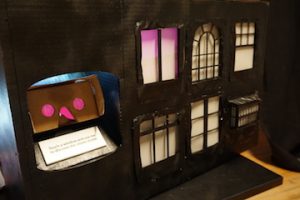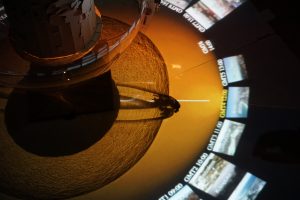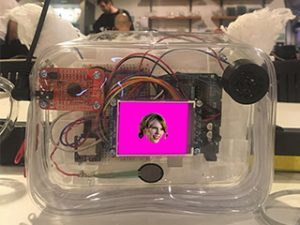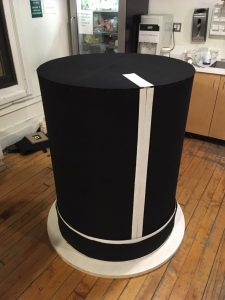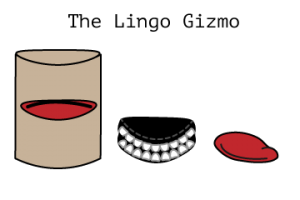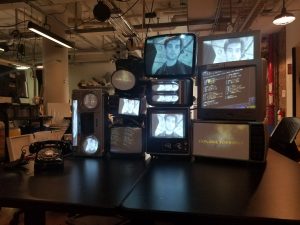Ilana Pecis Bonder, Nicolás Peña-Escarpentier
A set VR experiences to reflect on the sociopolitical aspects of everyday sexism
https://github.com/nicolaspe/everyday_windows
Description
Sexism, harassment, abuse… They all have been historically regarded as personal issues, relegating them from the public discussion, and diverting attention of their status as sociopolitical systemic problems. We want to show what happens behind the doors (or windows, in this case), what women go through and how society as a whole contributes to the expansion of these issues.
Guided by the prompt “touch a window and use me to explore the stories behind” under a VR Cardboard, users select a window -lined with conductive fabric and wired with a capacitive sensor- which lights up the room showing the shadows of the characters inside. Then, the specific scene loads in the VR headset, so the users can immerse themselves in the daily experience the character goes through.
Classes
Intro to Fabrication, Introduction to Computational Media, Introduction to Computational Media, Introduction to Physical Computing, Introduction to Physical Computing

